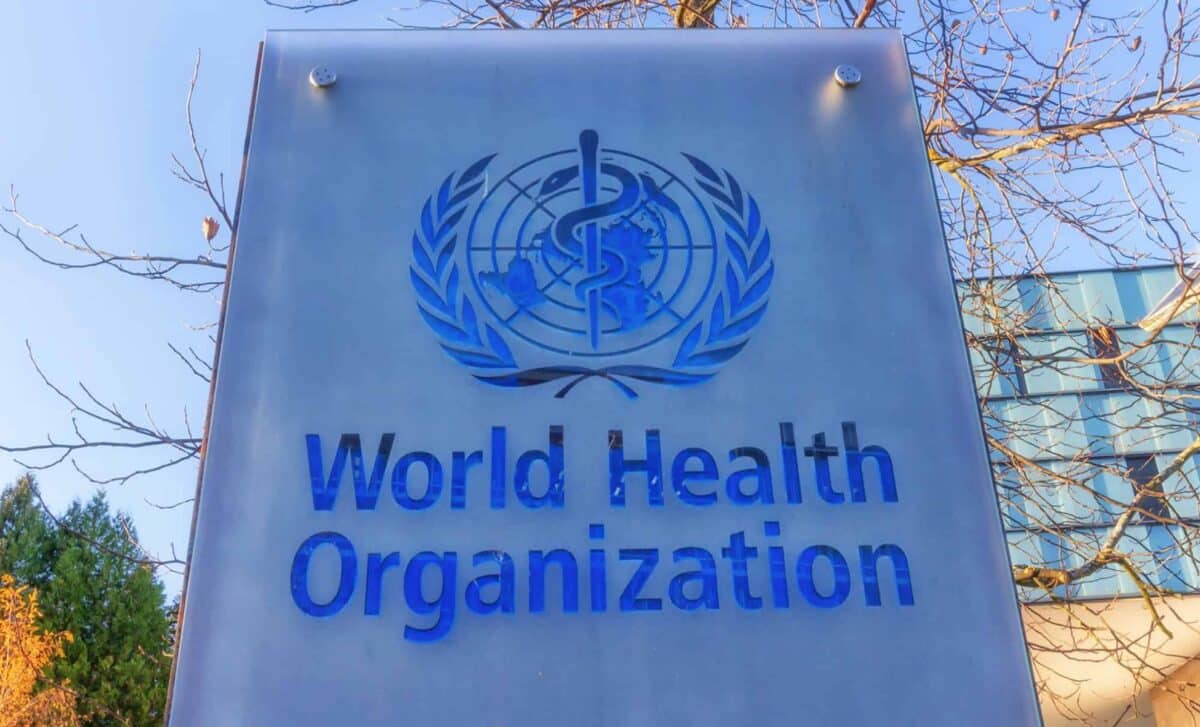Recent cuts to humanitarian aid could undermine years of progress in reducing maternal mortality worldwide, warn United Nations (UN) agencies. These funding reductions, particularly from wealthy countries, are feared to lead to a reversal in the fight against maternal deaths, especially in vulnerable and conflict-affected regions.
The global decline in maternal deaths between 2000 and 2023—an impressive 40%—has been attributed to improved access to health services. However, UN experts now caution that this progress is fragile. The cuts to international aid threaten essential health services for pregnant women, particularly in countries grappling with conflict or economic instability.
The Impact of Aid Cuts on Maternal Health
According to the World Health Organization (WHO) and other UN agencies, maternal mortality has significantly decreased over the past two decades, with 260,000 women estimated to have died in 2023 from pregnancy-related complications.
Despite this decline, the pace of improvement has slowed since 2016, and there are fears that funding reductions could worsen the situation.
Dr Bruce Aylward, Assistant Director-General at the WHO, explained that the cuts have already led to the closure of clinics, job losses for healthcare workers, and interruptions to supply chains that deliver vital medicines.
The situation is particularly dire in conflict zones, where pregnant women already face alarmingly high risks. In these regions, maternal mortality is five times greater than in more stable countries, and these funding cuts could lead to “pandemic-like effects” on health systems worldwide.
This backsliding is not just a statistical concern. The loss of funding and services directly affects the lives of pregnant women and newborns, particularly those in fragile settings.
As UNICEF Executive Director Catherine Russell pointed out, the global funding cuts are placing more women at risk by limiting access to the care they need during pregnancy and childbirth. The UN urges governments to recommit to maternal health and invest in health professionals, especially midwives and nurses, to maintain progress and save lives.
The Dire Situation in Conflict Zones
The report highlights the particularly severe risks faced by pregnant women in humanitarian emergencies and conflict zones. In countries experiencing violence or instability, maternal mortality rates are disproportionately high.
In such settings, a 15-year-old girl faces a a one in 66 chance of dying from childbirth-related causes as high as 1 in 51, according to the UN, compared to just 1 in 7,933 in more stable countries.
Sub-Saharan Africa, already burdened by poverty and conflict, accounts for the majority of global maternal deaths, despite seeing significant improvements over the last two decades. However, other regions, such as Latin America and parts of Europe, have seen progress stagnate since 2015.
These disparities highlight the need for targeted interventions in high-risk areas, where lack of funding can undo years of progress in reducing maternal mortality.
While there has been significant progress in reducing maternal deaths globally, the recent aid cuts pose a serious threat to future gains. Immediate action is needed to maintain healthcare systems and ensure that pregnant women in the most vulnerable regions continue to receive the care they need.









